Our approach to scientific numeracy skills
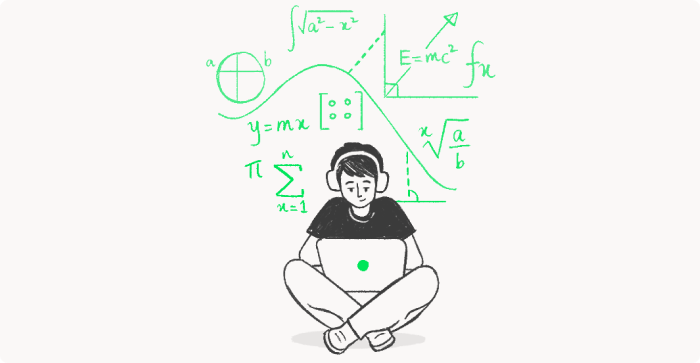
The use of data, tables, graphs and figures is becoming increasingly prevalent in the media. This year we’ve seen countless graphs of COVID-19 case numbers and measures that could be taken to “flatten” the curve. Developing students’ abilities to use evidence-based reasoning and interpret data has never been more important. In direct response to teacher feedback, we’ve created resources to help explicitly teach these skills, and have further embedded them throughout our collection.
According to the Shaping Sci-Ed Education Report (2020), it appears that students’ numeracy levels are limiting their ability to understand science. Of the respondents, 49% of teachers strongly agreed or agreed that their students’ numeracy skills were limiting their scientific understanding. Within the Australian Curriculum, numeracy has been identified as a General Capability, essential for young Australians to live and work in the 21st century. In science, numeracy skills are necessary for measurement, collection, representation and the interpretation of data from investigations as well as the general ability to make meaning — for example, data related to climate science.
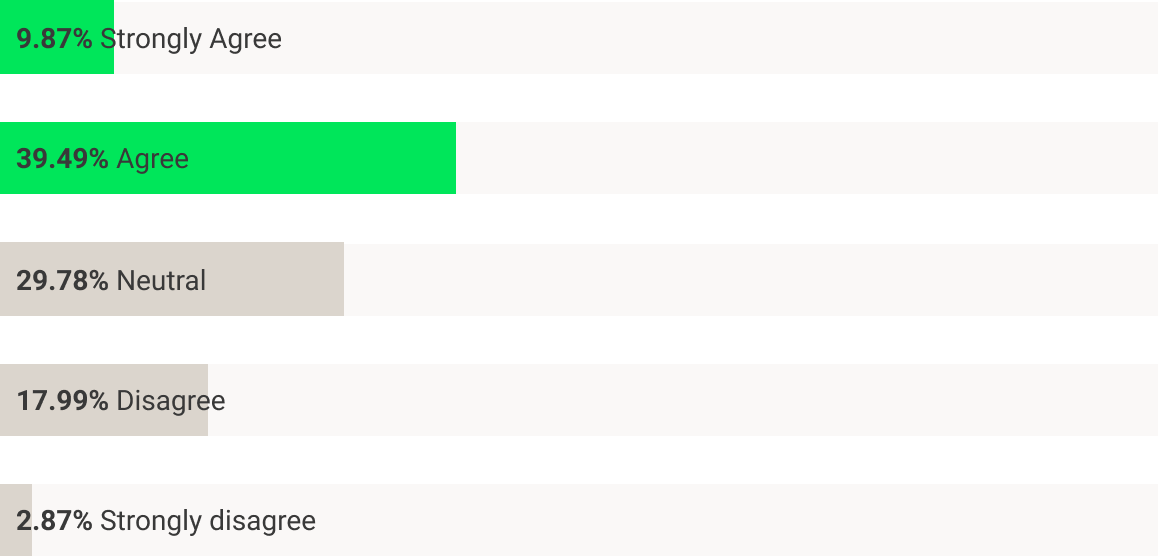
The report also suggested that we weren’t doing enough to support students’ development of these invaluable data interpretation skills. Only 48% of respondents agreed or strongly agreed that Stile had helped to improve students’ ability to interpret data. Based on this feedback, we’ve created lessons that teach data interpretation skills, and provided more opportunities for students to practise applying them to real-world scenarios.
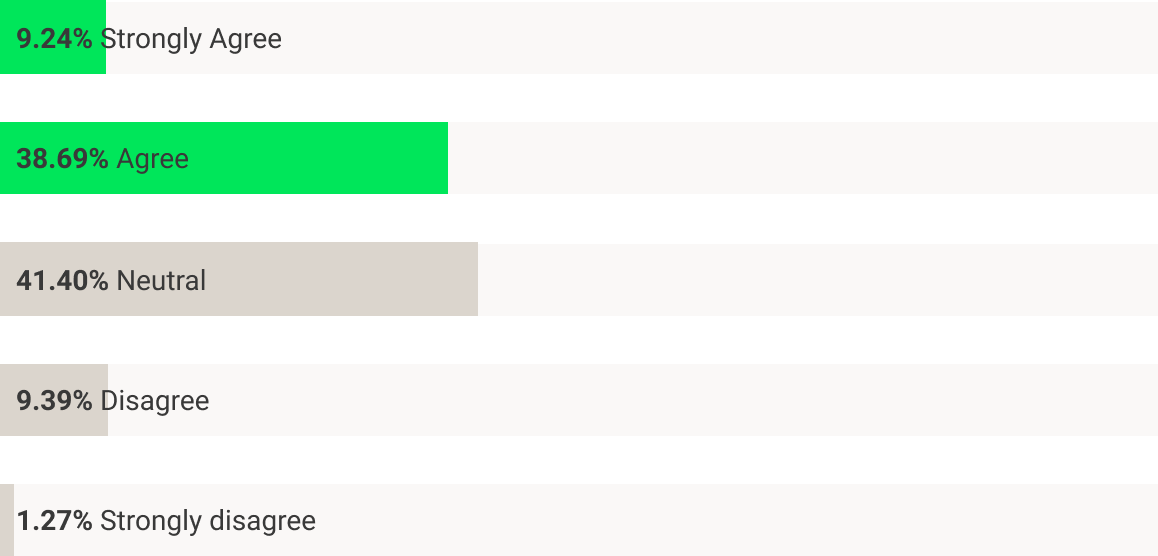
We now have two approaches when it comes to incorporating numeracy skills into our Stile lessons.
1. Teaching skills explicitly
As of this year, you’ll find a new type of lesson in our library — skill builders. We’ve created these lessons to explicitly teach students what to do and how to do it before they can master these skills. This approach is backed by scientific research — Hattie (2009) found that explicit teaching had a moderate effect size (0.59) on improving student performance.
The skill builders are also carefully crafted to scaffold students from lower-order to higher-order questioning throughout the lesson as they develop mastery of these new skills. Using videos and visual support, students are guided through worked examples which demonstrate the steps students need to complete to solve the problem, reducing initial cognitive load. Using worked examples is another high impact teaching strategy that Hattie (2009) found to have a moderate effect size (0.57).
Our skill builders cover everything from measuring and collecting data to calculating measures of central tendency and reading line graphs. They’re created with real-world examples to help students see the relevance of these skills. For example, students examine real NASA data when evaluating media claims about the 2019 Amazon fires.
Skill builders can be taught as their own unit focused explicitly on skills, or alternatively the lessons can be interwoven into the core content taught throughout the year. We’ve included skill builders in units where we think these skills are essential. For example, we’ve added skill builders on interpreting graphs and calculating percentage changes to the Immune System unit. This helps students make sense of the news headlines around the reported numbers of infectious diseases such as measles and COVID-19.
It’s also important to note that we also explicitly teach students skills at the point of need when they’re required as a part of a lesson. For example, our Model of the Earth lesson requires students to create a scale model of the layers of the Earth. To support students with this, we’ve included an explainer video to teach students what ratios are and how to calculate them. Students then practise this new skill before applying it to the practical component of the lesson.
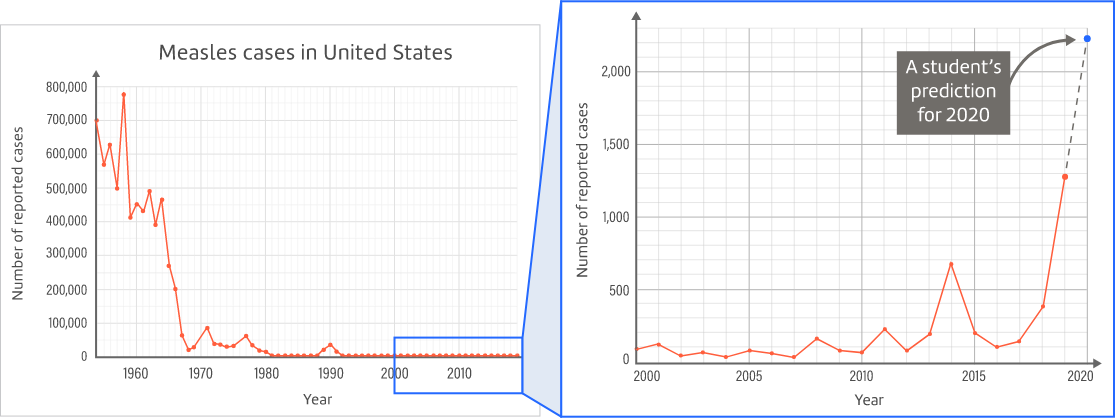
2. Providing opportunities to practise skills
The second way that we incorporate numeracy skills is to embed them as questions throughout our lessons. In this way, we provide students with multiple spaced opportunities to apply skills to relevant, real-world scenarios. This allows students to think more deeply about the new content knowledge they’re acquiring.
Explicitly teaching skills and then providing varied opportunities for practice aligns with educational research. According to Nuthall (2000), it takes three or four exposures with relevant information for a new construct to be transferred to long-term memory. This transfer of knowledge has been found to be most effective when exposures are spaced over time and the activities are varied. This is also supported by Hattie’s (2009) metaanalysis which found spaced practice had a moderate positive effect size (0.59) on student achievement.
Incorporating skills-based questions into our lessons provides a two-fold benefit. It not only allows students to regularly practice these skills, but also results in students thinking more deeply about the content they’re learning. Skills-based questions help students to make connections between ideas, apply critical thinking skills and challenge themselves beyond the curriculum requirements.
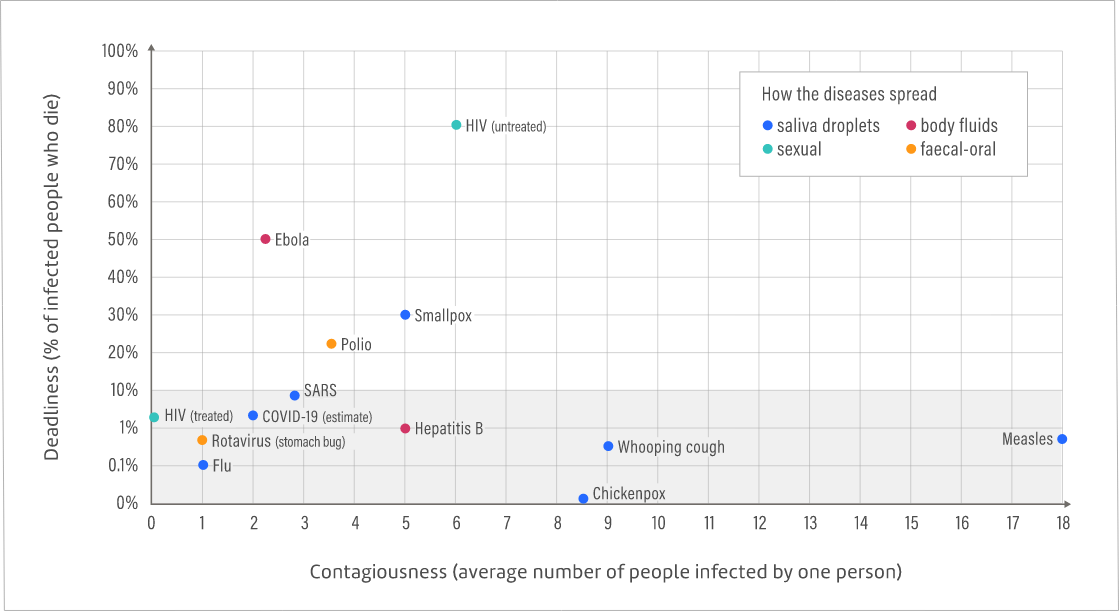
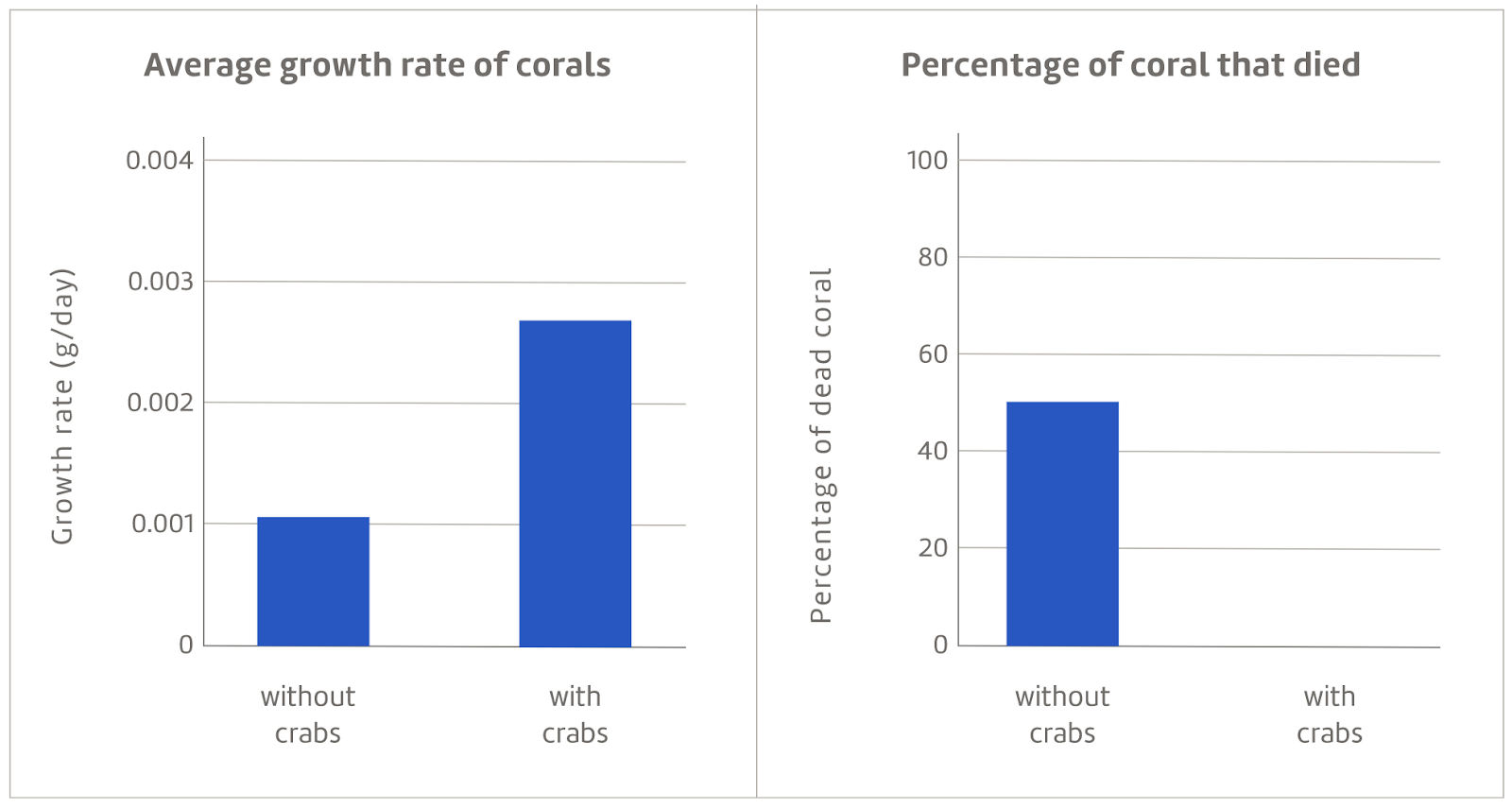
If you haven’t already, try one of our skill builders in your classroom this term! You can find them in the ‘Skill builders’ folder within the Stile Library and peppered throughout our collection of curriculum-aligned units.
We hope these lessons help you explicitly teach the essential numeracy skills that students need to be successful 21st century citizens.
References:
Hattie, J. (2009). Visible Learning: A synthesis of over 800 meta-analyses relating to achievement. Milton Park, UK: Routledge.
Nuthall, G.A. (2000). ‘The role of memory in the acquisition and retention of knowledge in science and social studies units.’ Cognition and Instruction, 18(1), 83–139.

